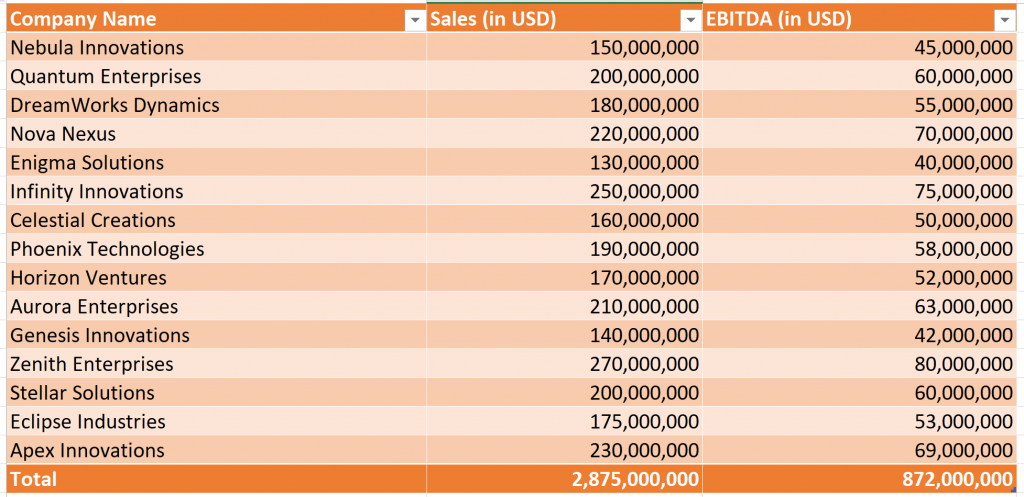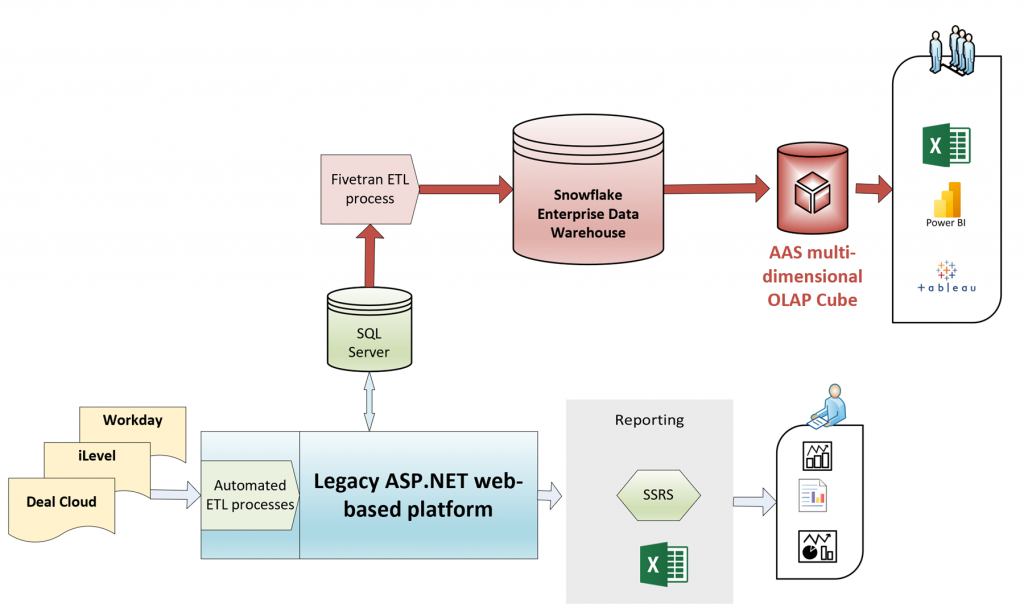
We recently took on a new and exciting challenge from a startup client that expanded our portfolio into the realms of Laravel (a PHP framework), MySQL, and the Guesty Open API. This client, a forward-thinking startup, had developed a groundbreaking platform for property asset management, opening up a world of possibilities for property owners. With this platform, users can effortlessly register and oversee all assets, whether owned or loaned, across their entire property portfolio. The comprehensive management suite encompasses asset and inventory management, warranty tracking, maintenance and service history, task scheduling and tracking, document management, and end-of-life alerts. Our innovative platform finds its ideal application in various sectors, including hotels, gyms, multi-family houses, apartment complexes, office and commercial buildings, churches, and residential properties.
Our mission was clear: help our client build an additional module that seamlessly integrates their system with Guesty (guesty.com). Guesty, a powerful platform designed to supercharge hospitality operations, offers a range of features that simplify the management of rental properties. Property owners can now streamline their business operations, automation, and organization, all from a single platform.
The primary objective was to establish a robust connection between both platforms using Guesty’s Open API, which includes the following key features:
1. Properties Synchronization: This feature ensures that all properties registered for a particular user in Guesty are automatically transferred to their Property Assets Management system account.
2. Calendar Synchronization: With this functionality, users can view property booking dates in the Property Assets Management system’s calendar and efficiently plan service and maintenance schedules. Furthermore, any dates set in the calendar are synchronized back to Guesty, marking the property as unavailable for booking during those periods.
3. Messaging Integration: Guesty boasts an internal messaging system that allows guests to submit requests, complaints, and recommendations to property owners. We seamlessly integrated this system with the Property Assets Management platform, ensuring that messages could be handled appropriately.
In addition to these enhancements, we undertook several bug fixes and improvements to enhance the existing billing, invoicing, and internal messaging functionalities.
While delving into Laravel was a new experience for us, we quickly mastered it and successfully completed the project within the specified timeframe and budget. We found ourselves falling in love with the Laravel framework due to its simplicity, elegance, and remarkable power. It equips developers with all the necessary tools to construct robust and exceptional web applications.
If you have a Laravel project in need of professional assistance, please don’t hesitate to contact us. Our dedicated team is ready to bring your vision to life and exceed your expectations. Together, we can achieve greatness in web development.







